I have made this circuit:
The idea of this circuit is to convert 0-3.3V(vdc0) input to 0-10V output. I have tested the circuit both in a simulator and in real life. In the simulator it worked. In real life it is another story..: I input 3.3V and get 10V output. But the output can only go down to 6V and not lower. Why is that? Is it something to do with some bias current from output through R1? I have tripple checked my wiring though.. I use a LM1458 as OpAmp. Can anyone give me a hint to where i can find the answer?
